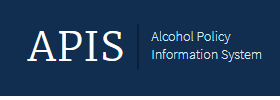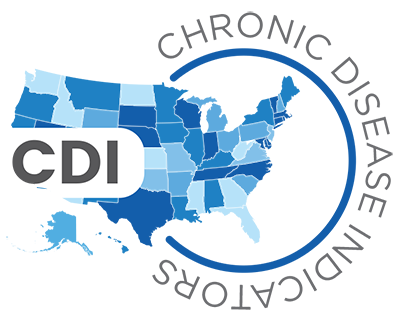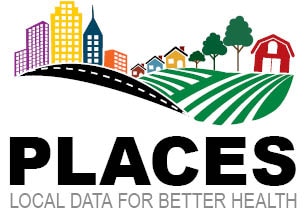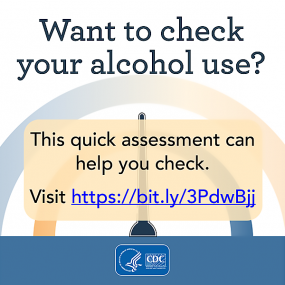Online Tools
The Alcohol-Related Disease Impact (ARDI) application provides national and state estimates of alcohol-attributable deaths and years of potential life lost, with options to view each report by sex and age groups.
Managed by the National Institute on Alcohol Abuse and Alcoholism (NIAAA), the Alcohol Policy Information System (APIS) provides detailed information on state and federal alcohol policies in the United States.
The Chronic Disease Indicators (CDI) are a comprehensive set of national and state public health measures, including several relating to binge and underage drinking, that were developed to improve the quality and availability of surveillance data on chronic diseases and health risk behaviors, and support the development of effective prevention strategies.
PLACES provides community estimates of health measures, including binge drinking, for all counties, places (incorporated and census designated places), census tracts, and ZIP Code Tabulation Areas across the United States.
The County Health Rankings & Roadmaps provide data, evidence, guidance, and examples to build awareness of the multiple factors that influence health, including excessive alcohol use, for nearly every county in the US.
This CDC website allows adults to anonymously check their drinking, identify barriers and motivators for drinking less, and print or save a personalized change plan. This evidence-based tool is a free resource that can be used by individuals or institutions to reduce excessive alcohol use.
The Community Preventive Services Task Force recommends increasing alcohol taxes to reduce excessive alcohol consumption and related harms. However, questions have been raised about the potential impact of alcohol tax increases on the cost of alcohol and employment. This web tool models how much extra adults who drink would pay for alcohol following various hypothetical state alcohol tax increases based on how much they drink, income, and employment status, as well as the effect these hypothetical tax increases would be expected to have on state employment.






